In today’s rapidly changing world, civil society organizations are increasingly embracing social innovation as a means to address complex social challenges. Social innovation refers to the development and implementation of new ideas, models, and approaches that bring about positive social change. It involves a shift in mindset, from traditional problem-solving methods to more collaborative and creative approaches.
Civil society organizations, including non-profits, community groups, and grassroots movements, play a vital role in driving social innovation. They are often at the forefront of addressing social issues, leveraging their local knowledge, networks, and resources to develop innovative solutions. These organizations are driven by a shared sense of purpose and a commitment to making a difference in their communities.
One way civil society organizations are embracing social innovation is by adopting a human-centered design approach. This approach involves placing the needs and experiences of individuals at the center of the problem-solving process. By understanding the perspectives and insights of those directly affected by social challenges, organizations can develop more effective and sustainable solutions.
Another key aspect of social innovation within civil society is collaboration. Organizations are increasingly recognizing that they cannot tackle complex social issues alone. They are forming partnerships and alliances with diverse stakeholders, including businesses, governments, and academia, to pool resources, knowledge, and expertise. Through collaboration, civil society organizations can amplify their impact and create systemic change.
Overall, social innovation is driving a transformation within civil society, from idea generation to action-oriented change. By embracing new approaches, collaborating with others, and putting individuals at the center, civil society organizations are making a significant impact on social challenges. With social innovation, they are shaping a more inclusive, equitable, and sustainable future for all.
Exploring the Impact of Social Innovation on Civil Society
New Solutions for Persistent Challenges
Social innovation has emerged as a powerful tool for addressing the persistent challenges faced by civil society. By thinking creatively and finding new ways to tackle social problems, individuals and organizations can make a significant impact on their communities. Social innovation goes beyond traditional approaches by fostering collaboration, encouraging experimentation, and promoting sustainable solutions. It empowers civil society to actively participate in problem-solving and find innovative approaches that can lead to lasting change.
Engaging a Diverse Range of Stakeholders
Social innovation brings together a diverse range of stakeholders, including individuals, community organizations, businesses, and government agencies. By involving different perspectives and expertise, social innovation fosters a more inclusive and collaborative approach to addressing societal issues. This diversity of perspectives helps to ensure that solutions are more comprehensive, responsive, and effective. By engaging all stakeholders, social innovation creates a sense of ownership and shared responsibility, leading to more sustainable and impactful outcomes.
Fostering Empowerment and Agency
Social innovation empowers individuals and communities to take control of their own destinies. By providing tools, resources, and support, social innovation enables civil society to become active agents of change. It encourages individuals to identify and address the issues that matter to them most, while also fostering a sense of ownership and accountability. Through social innovation, civil society can create solutions that are tailored to their unique needs and circumstances, leading to greater empowerment and agency.
Catalyzing Collaboration and Networks
Social innovation brings together individuals and organizations from various sectors, creating opportunities for collaboration and networking. By sharing knowledge, resources, and best practices, social innovation helps to build stronger connections and networks within civil society. These collaborations can lead to the development of innovative and scalable solutions that have a wider impact. Furthermore, social innovation encourages the exchange of ideas and fosters a culture of continuous learning and improvement within civil society.
Promoting Systemic Change
Social innovation has the potential to drive systemic change within civil society. By challenging existing norms, structures, and systems, social innovation can uncover root causes of social issues and propose transformative solutions. It encourages civil society to move beyond short-term fixes and address the underlying factors that contribute to social problems. Through systemic change, social innovation can reshape institutions, policies, and practices, leading to a more equitable and sustainable society for all.
The Role of Civil Society in Driving Social Innovation
Civil society plays a crucial role in driving social innovation by providing a platform for individuals and organizations to come together and address complex social challenges. Through grassroots movements, non-governmental organizations, and community-based initiatives, civil society acts as a catalyst for change, mobilizing resources and advocating for innovative solutions.
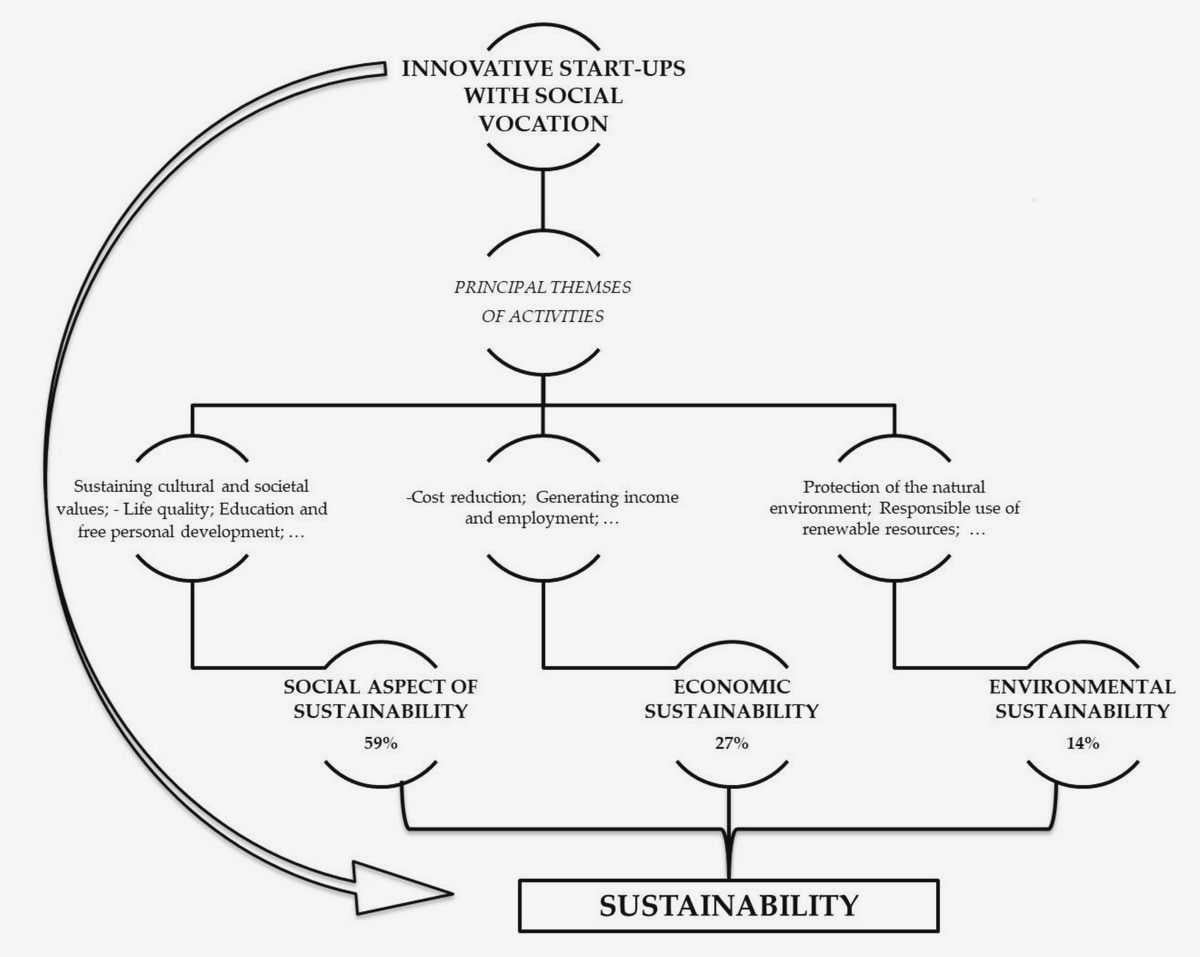
One key way in which civil society drives social innovation is through its ability to identify and respond to the needs of the community. By being deeply rooted in local contexts, civil society organizations are able to understand the unique challenges faced by communities and develop innovative approaches to address them. They have the flexibility to experiment with new ideas and adapt their strategies based on real-time feedback, which enables them to create sustainable and impactful solutions.
Civil society also plays a critical role in shaping public opinion and influencing policy change. Through advocacy and public awareness campaigns, civil society organizations can raise awareness about social issues, challenge societal norms, and push for policy reforms. By mobilizing citizens and engaging with decision-makers, civil society can create an enabling environment for social innovation to thrive, ensuring that innovative solutions are implemented and scaled up.
Additionally, civil society acts as a bridge between the government, private sector, and citizens, fostering collaboration and partnerships that drive social innovation. By bringing together different stakeholders, civil society organizations facilitate knowledge sharing, resource mobilization, and the co-creation of solutions. They can act as intermediaries, facilitating dialogue and collaboration between diverse actors, which is essential for addressing complex social challenges that require collective action.
In conclusion, civil society plays a crucial role in driving social innovation by identifying community needs, shaping public opinion, and fostering collaboration between stakeholders. Through their grassroots initiatives and advocacy work, civil society organizations contribute to creating an enabling environment for social innovation to flourish, leading to transformative and sustainable change in society.
Examples of Successful Social Innovation Initiatives
1. Greenpeace’s Detox Campaign
Greenpeace’s Detox Campaign is a successful social innovation initiative that focuses on eliminating hazardous chemicals from the textile industry. The campaign began in 2011 and has since encouraged major companies, such as Adidas and H&M, to commit to removing toxic chemicals from their supply chains. Through public pressure, advocacy, and consumer awareness, Greenpeace has been able to push for more sustainable practices in the fashion industry.
2. Grameen Bank’s Microfinance Model
Grameen Bank’s Microfinance Model is a pioneering initiative that provides small loans to impoverished individuals who lack access to traditional banking services. Founded by Nobel laureate Muhammad Yunus in Bangladesh, the model has now been replicated in many countries around the world. By empowering individuals to start their own businesses and create livelihoods, Grameen Bank has helped alleviate poverty and foster economic development in communities.
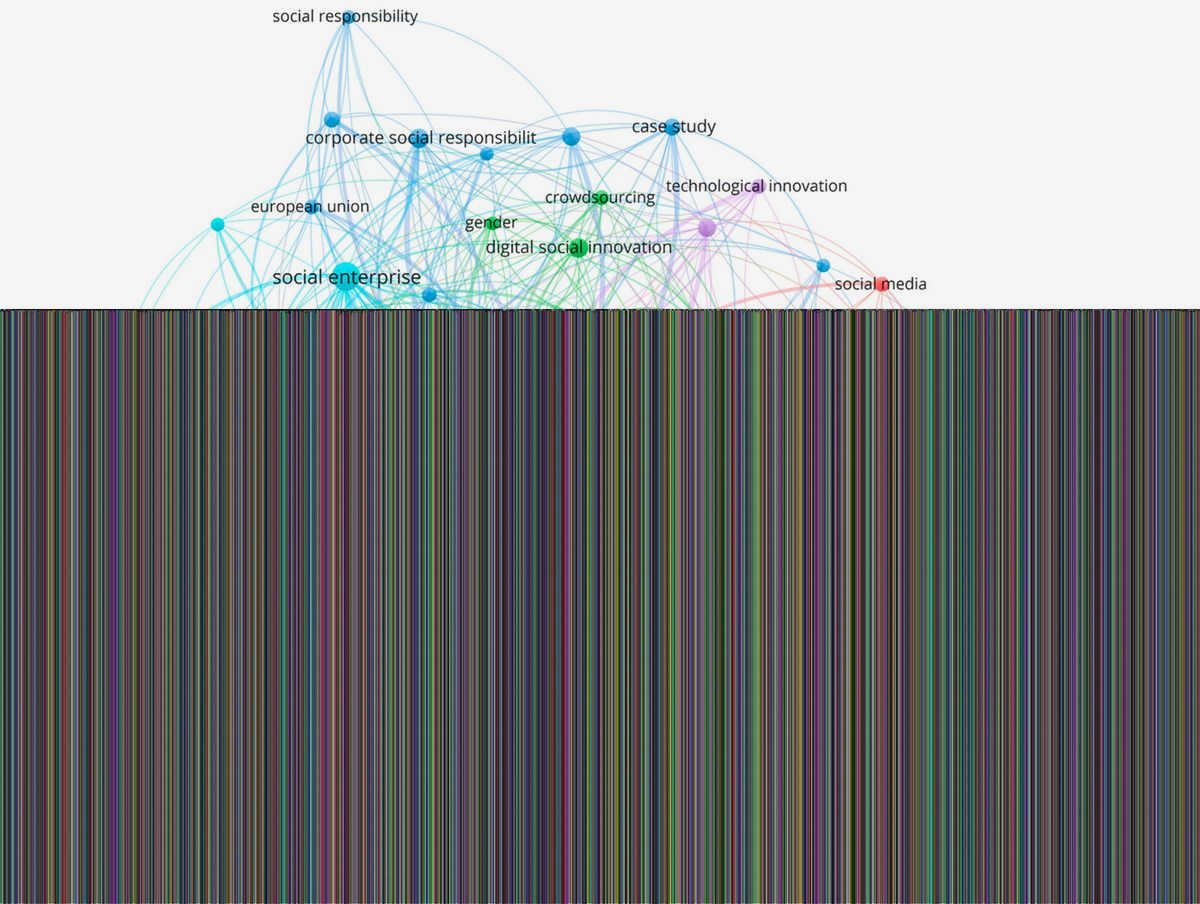
3. Khan Academy’s Online Education Platform
Khan Academy’s Online Education Platform is a transformative social innovation initiative that provides free, high-quality educational resources to anyone with an internet connection. The platform offers a wide range of subjects and has revolutionized the way people access and engage with education. Through its accessible and user-friendly interface, Khan Academy has democratized education and made learning more accessible to individuals of all backgrounds.
4. World Wildlife Fund’s Earth Hour
The World Wildlife Fund’s Earth Hour is a global movement that encourages individuals, communities, and organizations to switch off their lights for one hour to raise awareness about the need for action on climate change. The initiative started in Sydney, Australia, in 2007 and has since grown to engage millions of people around the world. By symbolically showing unity in the fight against climate change, Earth Hour has mobilized communities and governments to take more sustainable actions.
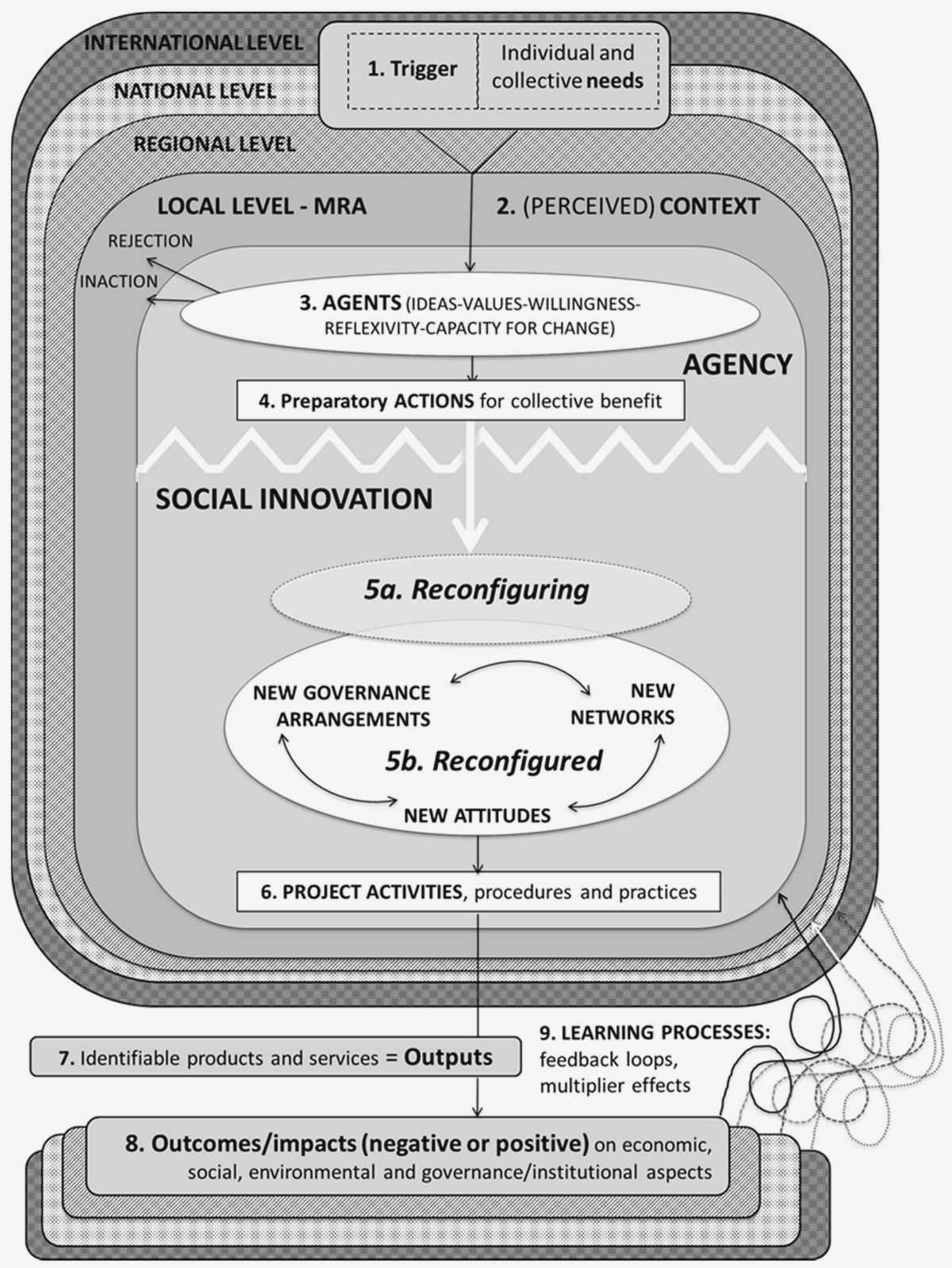
5. The Ocean Cleanup’s Technology to Remove Plastic from Oceans
The Ocean Cleanup is an innovative initiative that aims to tackle the issue of plastic pollution in the oceans. The project utilizes advanced technologies, such as floating barriers and autonomous systems, to collect and remove plastic debris from the ocean. With a mission to clean up 90% of the world’s ocean plastic by 2040, The Ocean Cleanup has shown great promise in addressing one of the most pressing environmental challenges of our time.
Challenges Faced by Civil Society in Implementing Social Innovation
Limited resources: Civil society organizations often face challenges when it comes to implementing social innovation due to limited financial, human, and technological resources. In order to develop and implement innovative solutions, organizations require funding, skilled personnel, and access to advanced technologies, which may be lacking or difficult to obtain for many civil society groups.
Lack of collaboration: Collaboration is crucial for successful social innovation, as it allows for the pooling of resources, expertise, and ideas. However, civil society organizations often face challenges in finding and fostering collaborations with other like-minded organizations, government agencies, businesses, and academic institutions. This lack of collaboration can hinder the development and implementation of effective social innovative solutions.
Resistance to change: The existing systems and structures within society often resist change, making it difficult for civil society organizations to implement social innovation. Whether it is governmental policies, cultural norms, or bureaucratic barriers, civil society organizations may face resistance and pushback when it comes to introducing and implementing innovative solutions that challenge the status quo.
Evaluation and measurement: Evaluating and measuring the impact of social innovation initiatives can be challenging for civil society organizations. Determining the effectiveness and long-term sustainability of innovative solutions requires robust evaluation methods and metrics. However, many civil society organizations may lack the capacity and expertise to properly evaluate their initiatives, which can hinder their ability to effectively implement social innovation.
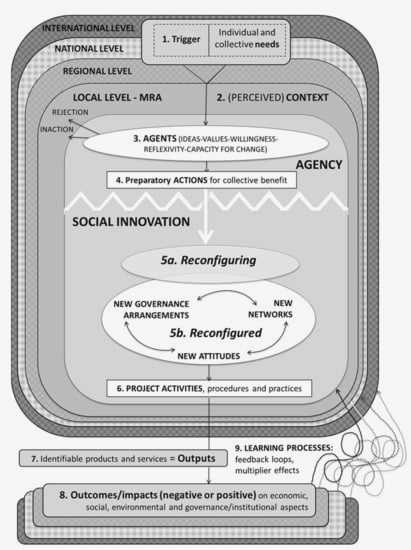
Scaling up: Scaling up social innovation is another challenge faced by civil society organizations. While many organizations may successfully implement innovative solutions at a small scale, scaling up these solutions to reach a larger population or have a broader impact can be challenging. It may require additional resources, partnerships, and strategic planning to scale up effectively.
Policy and regulatory barriers: Civil society organizations often encounter policy and regulatory barriers when implementing social innovation. Government regulations, legal frameworks, and bureaucratic processes can create obstacles and delays in implementing innovative solutions. These barriers can stifle the creativity and effectiveness of civil society organizations in addressing social challenges through innovation.
Collaboration between Civil Society and Other Sectors for Social Innovation
Collaboration between civil society and other sectors is crucial for driving social innovation. By working together, different stakeholders can bring their diverse perspectives, expertise, and resources to address complex social challenges. This collaborative approach allows for more comprehensive and effective solutions to be developed and implemented.
One example of collaboration between civil society and other sectors is the partnership between non-profit organizations and businesses. Non-profit organizations often have a deep understanding of community needs and have established relationships with local individuals and groups. By partnering with businesses, non-profit organizations can access additional resources, such as funding, technology, and marketing expertise, to scale their social impact.
Another form of collaboration is between civil society and government institutions. Government institutions have the power and authority to implement policies and regulations that can facilitate social innovation. Civil society organizations can work with governments to advocate for policy changes that support social innovation, as well as provide grassroots insights and feedback on the implementation of these policies.
Collaboration can also occur between civil society organizations themselves. By sharing their knowledge, experiences, and best practices, civil society organizations can learn from and inspire each other, leading to new and innovative approaches to social challenges. This collaboration can take the form of conferences, workshops, and network-building activities that foster dialogue and collaboration among civil society actors.
In summary, collaboration between civil society and other sectors is essential for driving social innovation. By pooling their resources, expertise, and perspectives, different stakeholders can develop more comprehensive and effective solutions to social challenges, leading to positive social change.
How Social Innovation Is Addressing Social Issues
Social innovation is playing a crucial role in addressing various social issues and driving positive change in communities around the world. This approach focuses on enhancing the well-being and quality of life for individuals and communities by developing novel solutions to complex social problems.
One way social innovation is addressing social issues is by promoting inclusivity and equality. It aims to create a society where everyone has equal opportunities and can participate fully, regardless of their background or circumstances. Social innovators are implementing initiatives and programs that empower marginalized individuals and communities, ensuring their voices are heard and their needs are met.
Education
Social innovation is also making a significant impact in the field of education. Innovators are developing new approaches to teaching and learning, making education more accessible, engaging, and effective. They are leveraging technology to bridge the education gap, providing online platforms and resources for individuals who lack access to formal education.
Furthermore, social innovation in education is focusing on promoting lifelong learning and empowering individuals with relevant skills for the future. Innovators are designing programs that foster entrepreneurship, critical thinking, and problem-solving, equipping individuals with the necessary tools to thrive in a rapidly changing world.
Healthcare
In the healthcare sector, social innovation is revolutionizing the way healthcare services are delivered and accessed. Innovators are developing solutions that improve healthcare infrastructure, enhance patient care, and increase access to healthcare services for underserved populations.
Additionally, social innovation is addressing public health challenges by promoting preventive measures, raising awareness about health issues, and implementing community-based health initiatives. These initiatives aim to empower individuals and communities to take charge of their own health and well-being, ultimately reducing the burden on healthcare systems.
In conclusion, social innovation is proving to be a powerful force in addressing social issues. By promoting inclusivity, transforming education, and revolutionizing healthcare, social innovators are driving positive change and creating a better future for individuals and communities worldwide.
Measuring the Effectiveness of Social Innovation in Civil Society
In the field of social innovation, it is crucial to have measures in place to assess the effectiveness of initiatives and projects. This is particularly important in civil society, where organizations are often working towards creating positive change in their communities. Measuring effectiveness allows civil society to identify what is working well and what may need improvement, ultimately leading to more impactful and sustainable solutions.
The Importance of Outcome Measurement
One key aspect of measuring the effectiveness of social innovation in civil society is outcome measurement. This involves capturing the tangible results and impacts of initiatives. For example, organizations might measure the number of individuals who have benefited from a program or the percentage of participants who have shown improved outcomes after receiving support. Outcome measurement helps to demonstrate the value and effectiveness of social innovation initiatives, providing valuable evidence for funders, policymakers, and other stakeholders.
Tracking Process and Impact Indicators
In addition to outcome measurement, tracking process and impact indicators is also crucial in assessing the effectiveness of social innovation in civil society. Process indicators provide insights into the implementation and delivery of initiatives, such as the number of training sessions conducted or the level of community engagement achieved. Impact indicators, on the other hand, measure the long-term effects and changes resulting from the initiatives, such as improvements in education levels or reductions in poverty rates. By tracking both process and impact indicators, civil society organizations can gain a comprehensive understanding of their work‘s effectiveness.
Using a Mixed-Methods Approach
Measuring the effectiveness of social innovation in civil society often requires a mixed-methods approach. This involves combining qualitative and quantitative data collection methods to gather a broad range of information. Qualitative methods, such as interviews and focus groups, allow for in-depth exploration of individuals’ experiences and perceptions. Quantitative methods, such as surveys and statistical analysis, provide numerical data that can be analyzed for trends and patterns. By using a mixed-methods approach, civil society organizations can obtain both rich contextual insights and statistically significant data, leading to a more robust assessment of their impact.
- Evaluating Sustainability and Scalability: Alongside measuring the effectiveness of social innovation initiatives, it is important to assess their sustainability and scalability. Sustainable initiatives are those that can continue to create positive change in the long term, even after initial funding or support has ended. Scalability refers to an initiative’s potential to be expanded and replicated in different contexts or communities. By evaluating sustainability and scalability, civil society can ensure that their social innovation efforts have a lasting and widespread impact.
- Sharing Best Practices and Lessons Learned: Measuring effectiveness also involves sharing best practices and lessons learned. By documenting successes, challenges, and innovative approaches, civil society organizations can contribute to the collective knowledge in the field of social innovation. This knowledge-sharing allows others to learn from their experiences and replicate effective strategies, leading to a more efficient and impactful civil society sector as a whole.
In conclusion, measuring the effectiveness of social innovation in civil society is essential for driving positive change. By implementing outcome measurement, tracking process and impact indicators, using a mixed-methods approach, and evaluating sustainability and scalability, civil society organizations can ensure that their initiatives are making a real difference in their communities. Additionally, sharing best practices and lessons learned contributes to the growth and development of the field, ultimately leading to more effective and sustainable social innovation.
Policy and Government Support for Social Innovation in Civil Society
Policy and government support play a crucial role in promoting and sustaining social innovation within civil society. Governments can create an enabling environment by developing policies that encourage and incentivize social innovation initiatives. This can include providing financial support through grants, funding programs, and tax incentives for organizations and individuals engaged in social innovation.
In addition to financial support, governments can also play a role in shaping the regulatory framework to facilitate social innovation. This can involve creating laws and regulations that reduce barriers and bureaucratic hurdles for social innovators, allowing them to experiment with new ideas and approaches to address social challenges.
Collaboration between government and civil society
Collaboration between government and civil society is essential for promoting and supporting social innovation. Governments can engage with civil society organizations through partnerships and consultations to understand their needs and challenges. This collaboration can help create policies and strategies that are responsive to the needs of the social innovation sector and address the unique barriers they face.
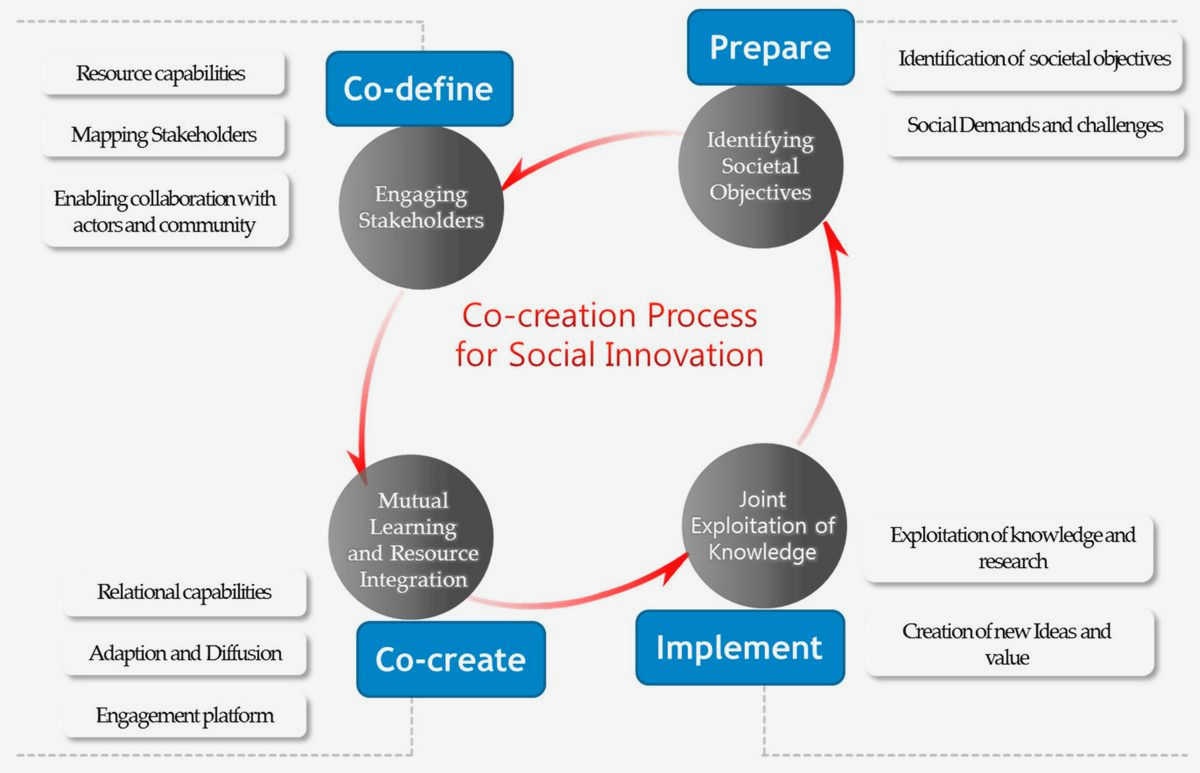
Furthermore, governments can also create platforms and mechanisms for dialogue and knowledge-sharing between civil society organizations, social innovators, and policymakers. This can foster an exchange of ideas, best practices, and lessons learned, which can contribute to the development of effective policies and programs to support social innovation.
Monitoring and evaluation
Monitoring and evaluation of social innovation initiatives are crucial for governments to assess their impact and identify areas for improvement. Governments can establish monitoring and evaluation frameworks to track the outcomes and effectiveness of social innovation initiatives. This can help ensure accountability, transparency, and the efficient allocation of resources.
By actively supporting social innovation in civil society, governments can create an environment that fosters creativity, collaboration, and experimentation. This can lead to the development of innovative solutions to social challenges and contribute to the overall well-being and progress of society.
Building Sustainable Models for Social Innovation in Civil Society
Social innovation plays a crucial role in addressing the complex challenges faced by civil society. However, in order to make a lasting impact, it is important to develop sustainable models for social innovation. These models should not only address immediate needs but also contribute to long-term solutions.
One way to build sustainable models for social innovation is through collaboration and partnerships. By working together, civil society organizations can pool their resources, expertise, and networks to create innovative solutions that have a greater chance of success. Collaboration also allows for knowledge sharing and learning from each other’s experiences, leading to continuous improvement and refinement of social innovation models.
Another key aspect of building sustainable models for social innovation is by fostering a culture of experimentation. Civil society organizations should be encouraged to take risks and try out new approaches in order to find the most effective solutions. This requires a mindset shift towards embracing failure as a learning opportunity and being open to adapt and iterate on ideas based on feedback and evidence.
Measurement and evaluation are also essential in developing sustainable models for social innovation. By establishing clear goals and indicators, civil society organizations can assess the impact and effectiveness of their initiatives. This data-driven approach enables organizations to track progress, identify areas for improvement, and make informed decisions about resource allocation.
Finally, sustainable models for social innovation require adequate funding and financial sustainability. Civil society organizations need to secure long-term funding sources to support their innovative initiatives. This can be done through diversifying funding streams, seeking out grants and partnerships, and exploring alternative financing mechanisms such as social impact bonds or crowdfunding.
In conclusion, building sustainable models for social innovation in civil society requires collaboration, experimentation, measurement, and financial sustainability. By adopting these approaches, civil society organizations can create innovative solutions that have a lasting impact on the communities they serve.
The Future of Social Innovation in Civil Society
As our world continues to face challenges in areas such as poverty, inequality, and climate change, social innovation has become an increasingly important tool for civil society organizations. These organizations play a crucial role in driving positive change and creating innovative solutions to address pressing social issues.
Looking ahead, the future of social innovation in civil society holds immense potential. With the rapid advancement of technology, organizations have access to new tools and platforms that can enhance their capacity for innovation. This includes leveraging data analytics, artificial intelligence, and digital platforms to develop and implement innovative solutions in a more efficient and effective manner.
Furthermore, the future of social innovation in civil society will require a shift towards more collaborative and inclusive approaches. This involves engaging diverse stakeholders, including marginalized communities and individuals, in the innovation process. By actively involving these stakeholders, civil society organizations can ensure that the solutions they develop are tailored to the needs of the communities they serve.
In addition, the future of social innovation in civil society will see a greater emphasis on sustainability and scalability. As organizations strive to create lasting impact, they will need to focus on solutions that not only address immediate social issues but also have the potential to be scaled up and replicated in different contexts. This will require a strong commitment to learning and knowledge sharing within the civil society sector.
In conclusion, the future of social innovation in civil society is bright and full of potential. By embracing new technologies, adopting collaborative approaches, and prioritizing sustainability and scalability, civil society organizations can continue to drive positive change and create a more equitable and sustainable future for all.





